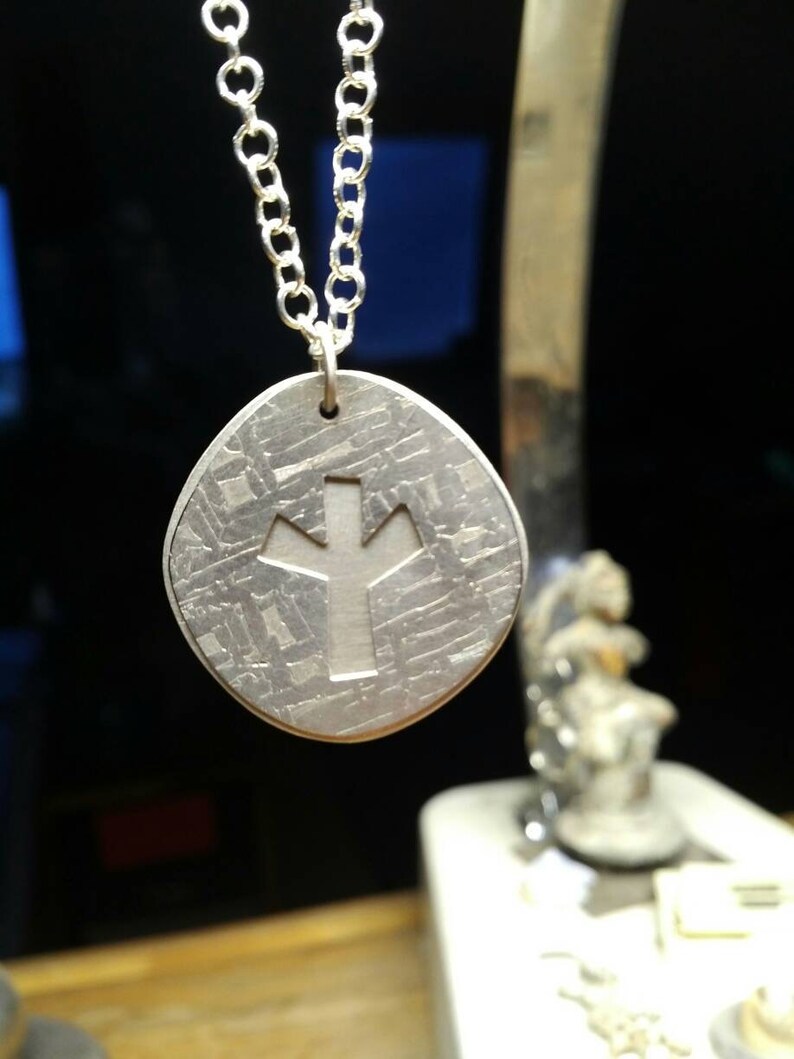

Môdi and Magni will Miöllnir possess, and warfare strive to end. In a stanza from Vafþrúðnismál, the wise jötunn Vafþrúðnir tells the disguised god Odin that after the events of Ragnarök, Móði and Magni, sons of Thor, will wield Mjölnir:īenjamin Thorpe 1866 translation: Vidar and Vali will the gods' holy fanes inhabit, when Surt's fires will be quenched. In the Poetic Edda, Mjölnir is mentioned in the eddic poems Vafþrúðnismál, Hymiskviða, Lokasenna, and Þrymskviða. The amulet inscription references narratives recorded hundreds of years later in both the Poetic Edda and Prose Edda (see discussion regarding Hymiskviða and Gylfaginning below). Flee from evil! It (?) gets nothing from Bofi. May Thor protect him with his hammer which came from out of the sea. And may the lightning hold all evil away from Bofi. Help me! Knowledge (?) is certain for you. 'Here I carve for you (runes of) help, Bofi. Runologists Mindy MacLeod and Bernard Mees translate the amulet as follows: Likely worn around the neck, the Kvinneby amulet is a small copper amulet found in Öland, Sweden that dates from the 11th century and features an Old Norse Younger futhark inscription that invokes Thor and his hammer. Finally, another proposal connects Old Norse Mjǫllnir to Old Norse mala meaning 'to grind' and Gothic malwjan 'to grind', yielding Mjǫllnir as meaning ' the grinder'. Another proposal connects Mjǫllnir to Old Norse mjǫll meaning 'new snow' and modern Icelandic mjalli meaning 'the color white', rendering Mjǫllnir as 'shining lightning weapon'. Old Norse Mjǫllnir developed from Proto-Norse * melluniaR and one proposed derivation connects this form to Old Church Slavonic mlunuji and Russian molnija meaning 'lightning' (either borrowed from a Slavic source or both stemming from a common source) and subsequently yielding the meaning 'lightning-maker'. The etymology of the hammer's name, Mjǫllnir, is disputed among historical linguists. 4.4 Relationship to the swastika and Icelandic folk belief.4.3 Nordic Bronze Age and potential Proto-Indo-European origins.4.2 Temple instruments and ceremonial significance.


4 Scholarly reception and interpretation.3.1 Hammer pendants, rings, coins, typology, taxonomy, and Eitri database.


 0 kommentar(er)
0 kommentar(er)
